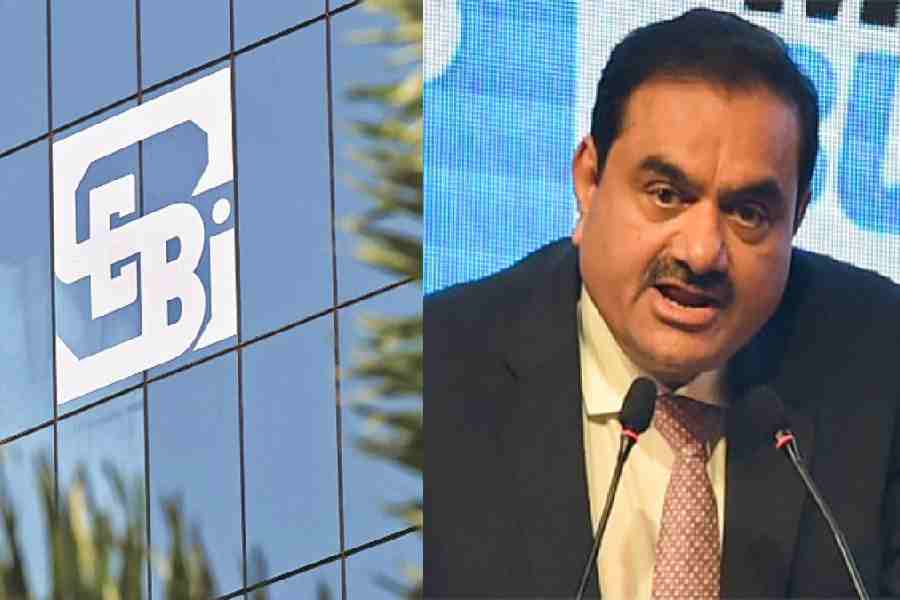US Federal Reserve officials left interest rates unchanged on Wednesday and continued to forecast that borrowing costs will come down somewhat by the end of the year as inflation eases.
Central bankers released their policy decision and a fresh set of quarterly economic estimates, the first since December, ahead of a news conference with Jerome H. Powell, the Fed chair.
Officials kept interest rates steady at about 5.3 per cent, where they have been set since July 2023.
Policymakers projected that borrowing costs will end 2024 at 4.6 per cent, which suggests that they still expect to make three quarter-point rate cuts this year.
At the same time, officials anticipated that rates would stay slightly higher into 2025 and 2026 as growth and the labour market remain strong.
The new forecasts suggested that they will make one fewer rate cut next year than they had previously predicted.
Fed officials have signalled in recent months that they expect to lower interest rates this year because inflation has been slowing notably, which means that the Fed has less of a need to aggressively hit the brakes on the economy.
High interest rates weigh on demand by making it more expensive to borrow to buy a house or expand a business, setting off a chain reaction that trickles through the economy and cools the job market.
As policymakers try to decide when and how much to dial back their high rates, they are trying to balance two key risks. They want to keep rates high enough long enough to ensure that inflation is fully stamped out, on one hand, but they also want to avoid keeping rates elevated for too long, which could inflict unnecessary damage on the economy.
The rate-setting Federal Open Market Committee “does not expect it will be appropriate to reduce” rates until “it has gained greater confidence that inflation is moving sustainably toward 2 per cent,” officials reiterated in their post-meeting statement.
Fed officials lifted rates rapidly between March 2022 and mid-2023. But they stopped the increases as inflation began to come down sharply toward the end of last year.
Price increases are now much more moderate than they were a few years ago. The US Consumer Price Index measure stood at 3.2 per cent in February, down sharply from a 9.1 per cent peak in 2022.
The Fed’s preferred inflation measure, the Personal Consumption Expenditures index, comes out at more of a delay, but it is also down considerably.
It stood at 2.8 per cent in January after stripping out food and fuel costs for a sense of the underlying “core” price trend.
Despite the progress, inflation is lingering above the Fed’s 2 per cent goal, and it has recently stalled. While officials still hope that price increases will continue to fade this year, they are keeping an eye on incoming data for any indication that they might be wrong.
As they do so, officials are closely watching conditions in the broader economy.










